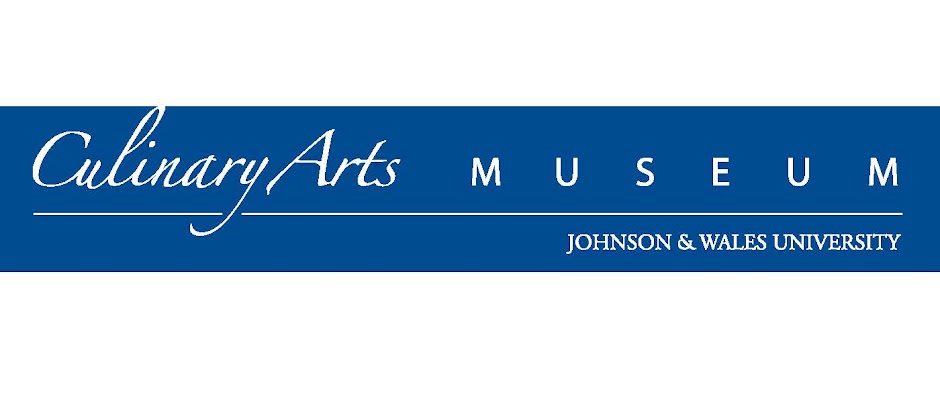Contributed by Deborah Pinkham, Museum Assistant, and Kristin M. Zosa Puleo, Event and Program Coordinator
Art historians, artists and photography buffs may recognize the name Edward Steichen. Culinary collectors, stove enthusiasts and anyone who grew up in the 1930s-1940s may recognize the Ward's Medalist Range that the museum has just acquired, which is dated to 1938-1939. This very stove stood in the Connecticut home of American photographer Edward Steichen (1879-1973)!
Steichen was a founding member of the Photo-Secession, organized by fellow photographer Alfred Stieglitz in 1902. The group's gallery was housed in Steichen's portraiture gallery at 291 Fifth Avenue, which later came to be known as "291." In 1923, Steichen took a job with Conde Nast, photographing for Vogue and Vanity Fair until 1938, when he was said to have been the highest paid photographer in the world. During World War II, he joined the Navy and served as the head of the photography unit. From 1947 to 1962, Steichen became the first Director of Photography at the Museum of Modern Art in New York. He also curated MoMA's famous exhibition "Family of Man" in 1955.
In 1928, Steichen purchased an abandoned farm in Redding, Connecticut and called it Umpawaug Farm. He weekended here as a retreat from his bustling New York City lifestyle. He built a modern, rectangular and mostly glass home on the property in 1938. The land was sold by Steichen to the town in 1971 to ensure its conservation.
The cast iron range is wood-fired with white porcelain enamel finish. The Art Deco style details are indicative of the time period in which it was made. The range has two warming cabinets above a cooking surface with six flat plates. the center oven is flanked by the wood box on the left and a hot water reservoir on the right. There is an additional warming drawer or "hot box" underneath the oven.

